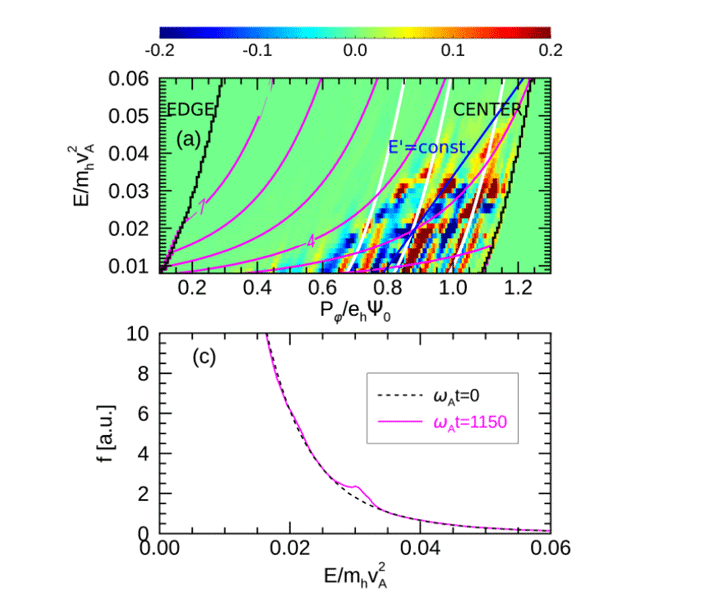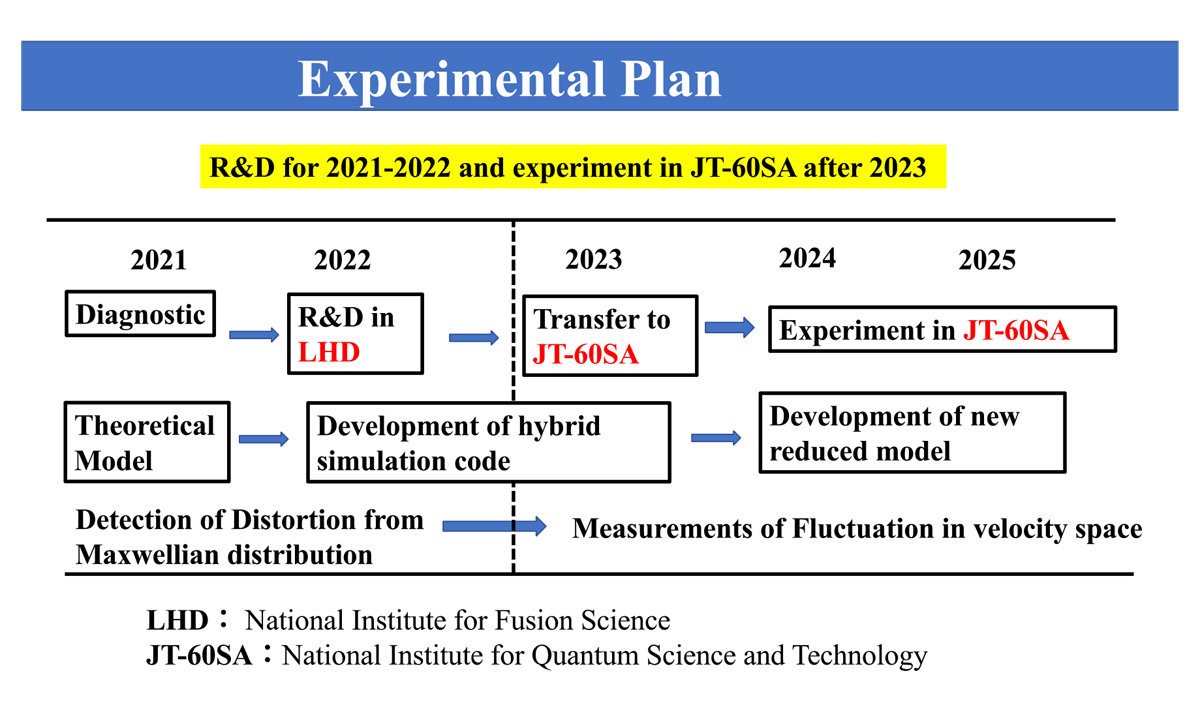Research
Summary
Fusion and solar plasmas are in a state called non-equilibrium open system, which means that their behavior is complex and does not follow classical diffusion. Previous studies have shown that plasma fluctuations are important in determining the state. On the other hand, plasma fluctuations have been treated as patterns of fluctuations in real space, such as density, temperature, and velocity (so-called turbulence). In other words, studies have been conducted assuming that the spatial distribution of plasma velocity is a Maxwellian distribution. Recently, however, simulation studies have begun to point out that deviation (distortion) of the velocity-space distribution from the Maxwellian distribution has a significant effect on the behavior of the plasma. In this research, we will develop a device to measure fluctuations in velocity-space distortion and observe both real-space fluctuations (turbulence) and velocity-space fluctuations. By extending the study of fluctuations from "real space" to "phase space," we will explore a new research paradigm that can solve the unsolved mysteries of plasma physics.
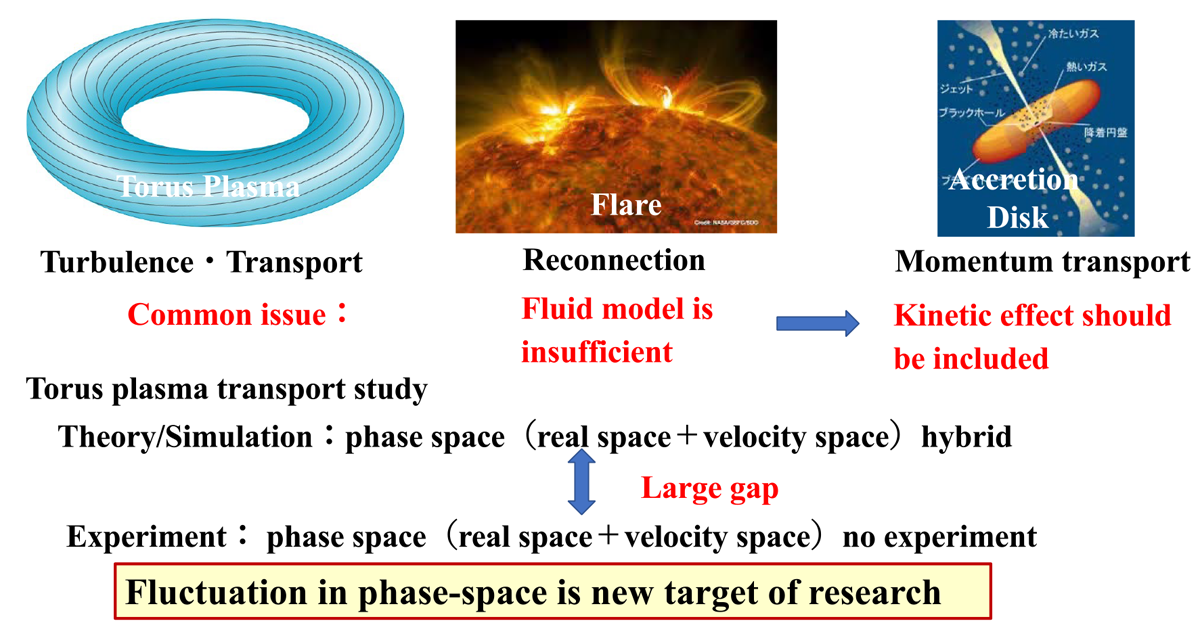
Objective
Previous studies of plasma fluctuations have focused on "real space fluctuations" in plasma density and temperature, along the lines of statistical mechanics based on the assumption that the velocity distribution of the constituent particles is a Maxwellian distribution. For this purpose, various measurement instruments have been developed, such as lasers, microwaves, and spectrometers. Considering the velocity distribution function as a Maxwellian distribution is a good assumption for high-density, low-temperature regions where the plasma collision frequency is sufficiently high. On the other hand, it has been pointed out that the velocity distribution function can be a non-Maxwellian distribution in very high-temperature fusion reactor plasmas and low-density space and astronomical plasmas. In this study, we attempt for the first time to demonstrate a new measurement method for this new physical quantity, the fluctuation of strain in velocity space. Furthermore, the objective of this research is to establish a new paradigm of "transport induced by correlations of phase-time space fluctuations" and to establish a new research method to approach unsolved problems in plasma physics.
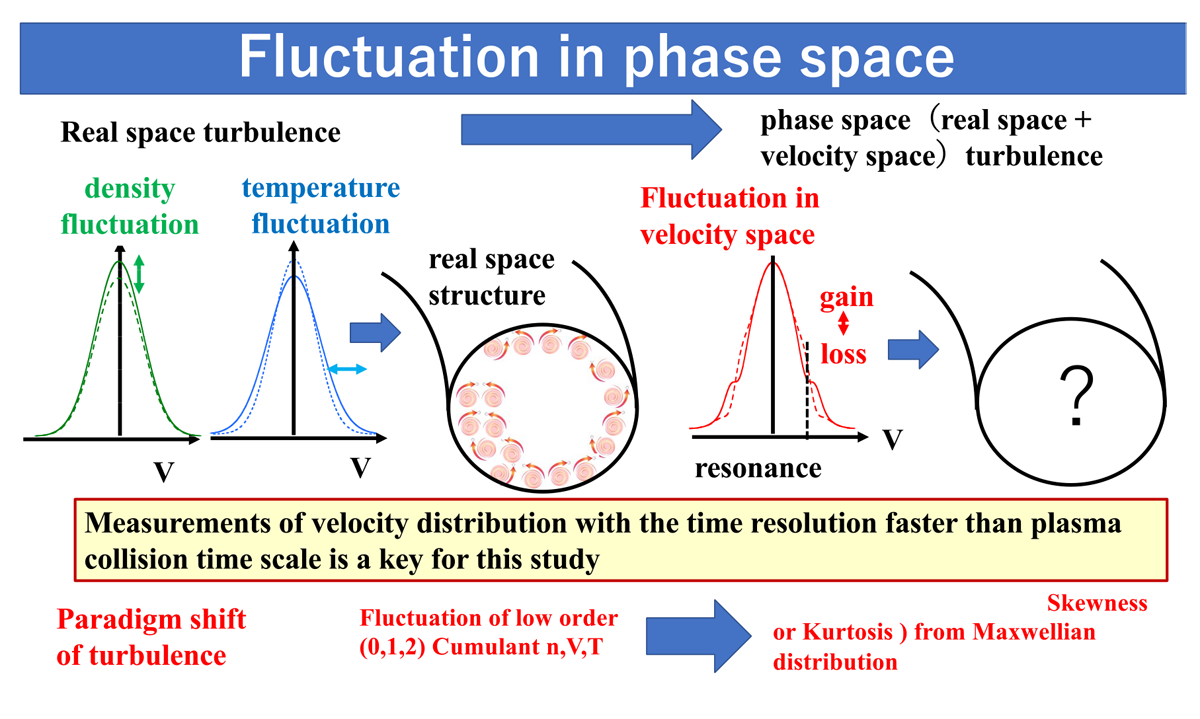
Research methods
Plasma confined devices
Experiments are conducted using two types of large plasma confined devices. The Large Helical Device (LHD) at the National Institute for Fusion Science (NIFS) is characterized by its ability to maintain stable plasma for long periods of time. Currently, it is capable of generating plasmas with temperatures exceeding 120 million degrees Celsius. Plasma generation experiments are conducted for about four months every year and are scheduled to continue until the end of FY2022, and since this experimental device has been in operation for more than 20 years, research can be started quickly by partially modifying the existing measurement system. The JT-60SA device at the Quantum Science and Technology Agency (QST) is a tokamak-type plasma confinement device, and is a state-of-the-art large experimental device whose construction was completed in 2020 and the first plasma ignition was successfully performed. Full-scale plasma generation experiments are scheduled to start in FY2023. The measurement system developed for the LHD will be transferred to JT-60SA by FY2023, and the fusion core plasma will be measured.
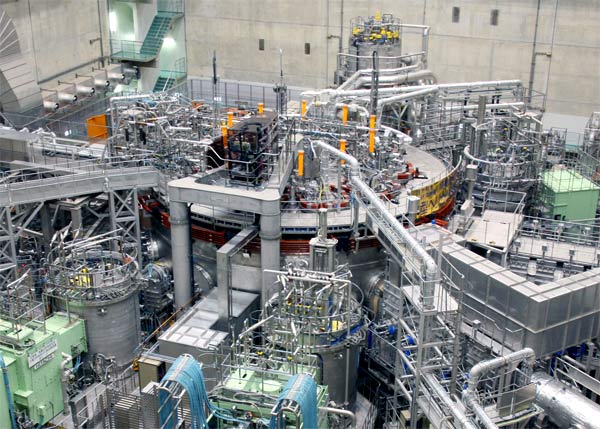
A helical magnetic field confinement device capable of holding plasma stably for long periods of time. Plasma generation experiments are planned until the end of FY2022.
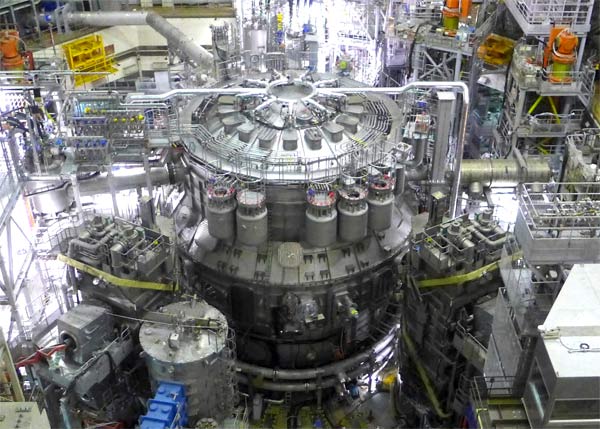
Plasma confinement device using tokamak method. Full-scale plasma generation experiments approaching fusion critical conditions were started in 2023.
Measurement Systems
A shunt system using charge exchange reactions between heating neutral beams and bulk plasma has been used to measure ion temperature and velocity at LHD. In order to realize high-speed measurement beyond the ion collision frequency, we will improve the f-number of the monochromator, increase the aperture size, and increase the detector speed. This speed-up will allow us to observe fluctuations in velocity-space distortions of several tens of kilohertz.
A. Fast charge exchange spectroscopy system (ion velocity distribution function measurement)
When the electron velocity distribution function is a Maxwellian distribution, there is a one-to-one correspondence between the magnetic field strength and the frequency of radiation. To measure the electron velocity distribution function, select a line of sight with a small change in magnetic field strength to minimize the frequency spread of radiation due to the change in magnetic field strength, and measure the frequency spread due to the non-Maxwellian component with a high frequency band electron cyclotron radiation intensity measurement system. Since the magnetic field strength is almost constant, a new vertical line of sight is installed for the measurement.
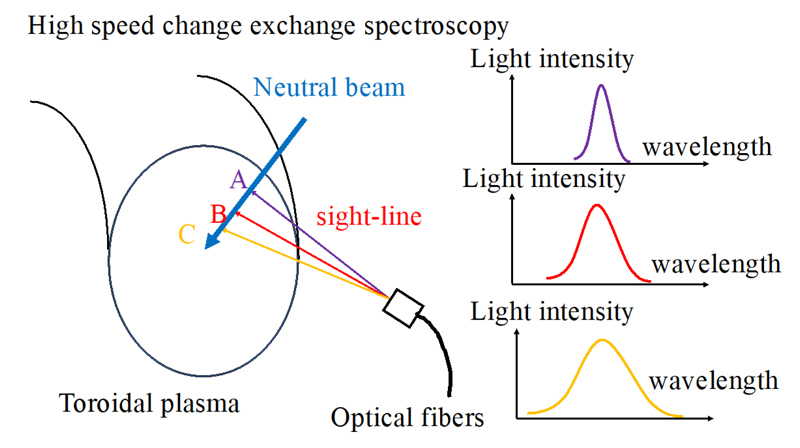
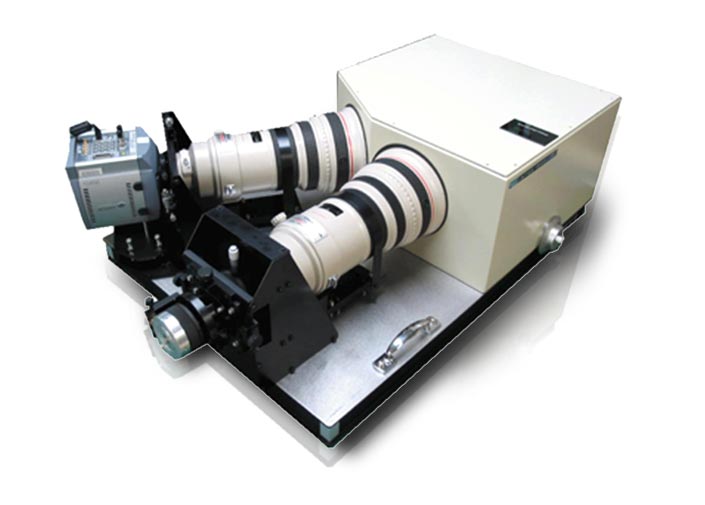
B. High frequency band electron cyclotron radiation intensity measurement system (electron velocity distribution function measurement)
When the electron velocity distribution function is Maxwellian, there is a one-to-one correspondence between the magnetic field strength and the frequency of the radiation. To measure the electron velocity distribution function, we choose a line of sight with a small change in magnetic field strength to minimize the frequency spread of radiation due to the change in magnetic field strength, and measure the frequency spread due to the non-Maxwellian component with a high frequency band electron cyclotron radiation intensity measurement system. Since the magnetic field strength is almost constant, a new vertical line of sight is installed for the measurement.
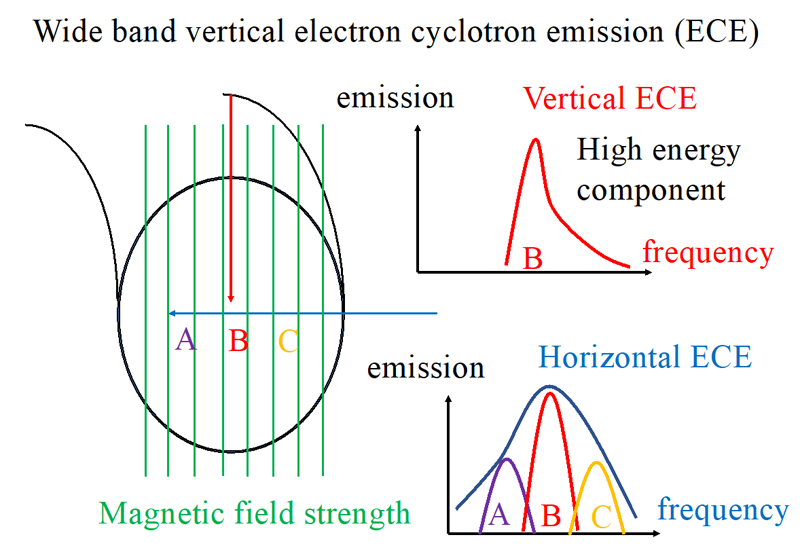
Approaches from theory and simulation
Theory and simulation of steady-state velocity-space distortions have been studied for a long time. However, theory and simulation focusing on the fluctuation of the distortion have not been studied for a long time. In this study, we will construct a theoretical model of fluctuations in velocity-space distortion and develop a simulation code that can be compared with experiments and observations. By combining experiments and observations with theory and simulations, we will advance our understanding of phase space fluctuations and transport physics.
